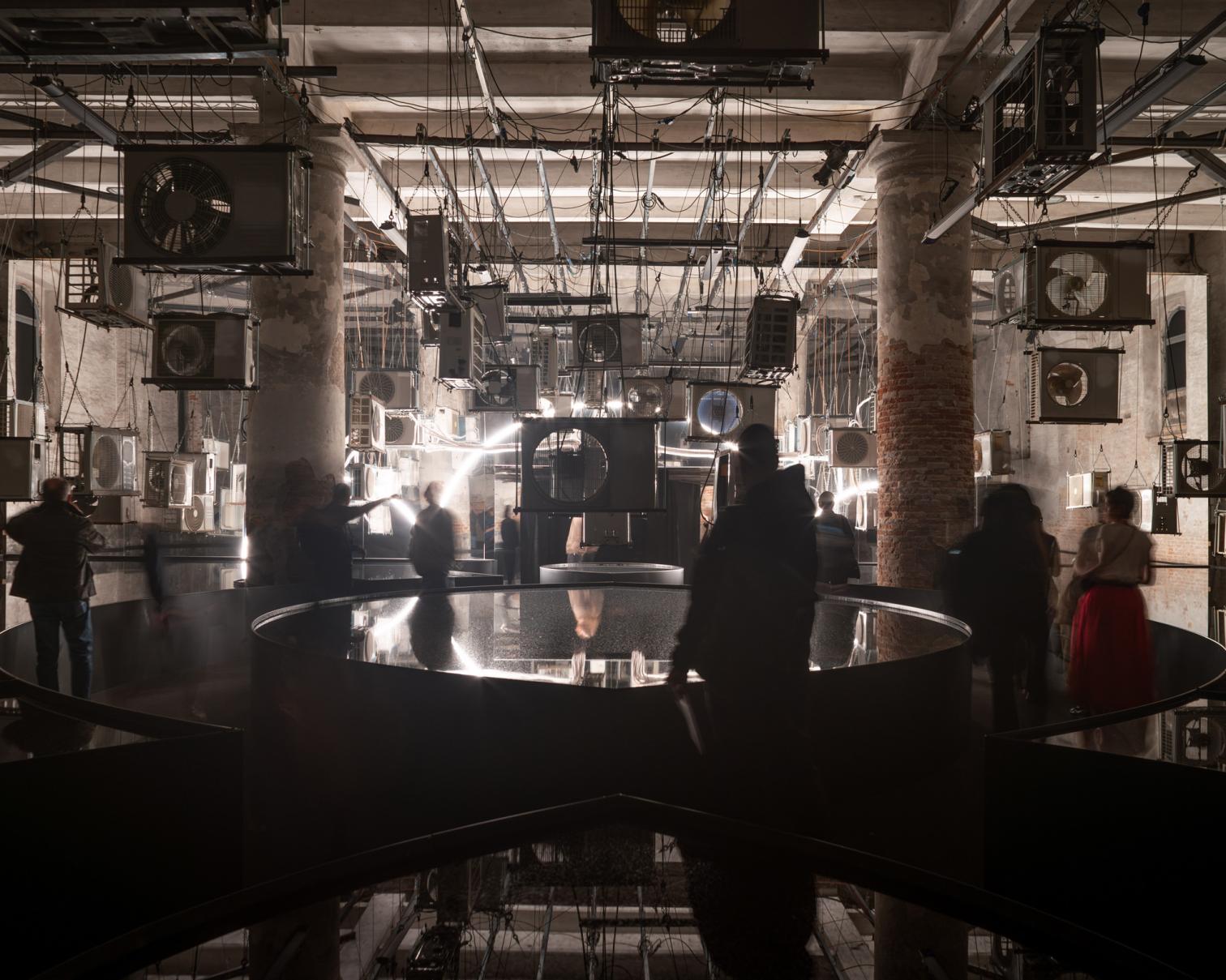
Transsolar, ‘Terms and Conditions’
The city of Venice holds its 19th Architecture Biennale, open to the public from 10 May to 23 November 2025. Titled ‘Intelligens: Natural Artificial Collective’ and curated by Carlo Ratti, the main exhibition explores the meeting of nature, technology, and society through four sections: Transdisciplinarity, Living Lab, Space for Ideas, Circularity Protocol.
In unveiling the theme, Ratti explained: “The title of the International Architecture Exhibition is usually announced both in English and in Italian. In 2025 it will be condensed into a single word for both languages via the common Latin precedent: intelligens." The title ‘Intelligens’ is linked to the modern term 'intelligence,' but it also evokes a wider set of associated meanings. In fact, the final syllable, 'gens,' is Latin for 'people.' A new, fictional root emerges, suggesting a future of intelligence that is inclusive, multiple, and imaginative beyond today’s limiting focus on AI."
Before the Biennale opened, the winners of the 2025 Golden Lions for Lifetime Achievement were revealed: the Italian architect Italo Rota (1953-2024), and the American philosopher Donna Haraway, in recognition of her vision for the future and of her influence, not only in her field but in other spheres of thought.
The event presents 66 national pavilions – with four countries represented for the first time ever : Azerbaijan, Oman, Qatar, Togo – and over 750 participants from different disciplines, all come to explore, from complementary angles, the role architecture can play in addressing the challenges of a world in constant transformation. Statistics have been released that say that this year’s Biennale is the most extensive ever seen.
Curated by Manuel Bouzas and Roi Salgueiro, ‘Internalities: Architectures for Territorial Equilibrium’ is Spain’s presence at the Venice Biennale. The show delves into decarbonization strategies in Spanish architecture, showing how a new generation of architects works out a balance between ecology and economics. The exhibition revolves around five key areas through which to reduce emissions in construction: materials, trades, energy, waste, emissions.
The Biennale reaffirms its commitment to sustainability, inclusion, and interdisciplinary collaboration, inviting the public to reflect on the future of architecture and its responsibilities in the building of a fairer and more livable world for all.
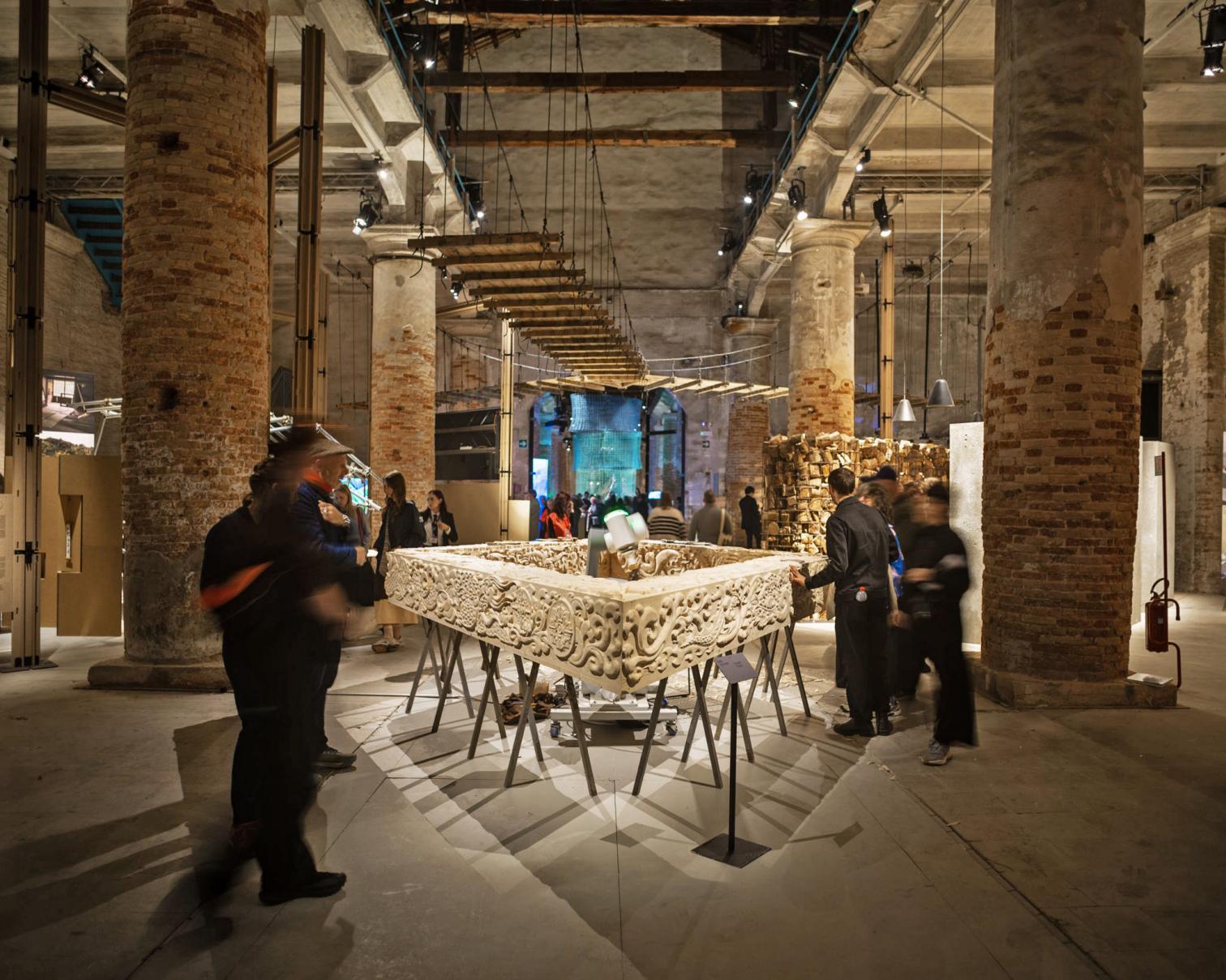
Bjarke Ingels Group, ‘Ancient Future: Bridging Bhutan’s Tradition and Innovation’
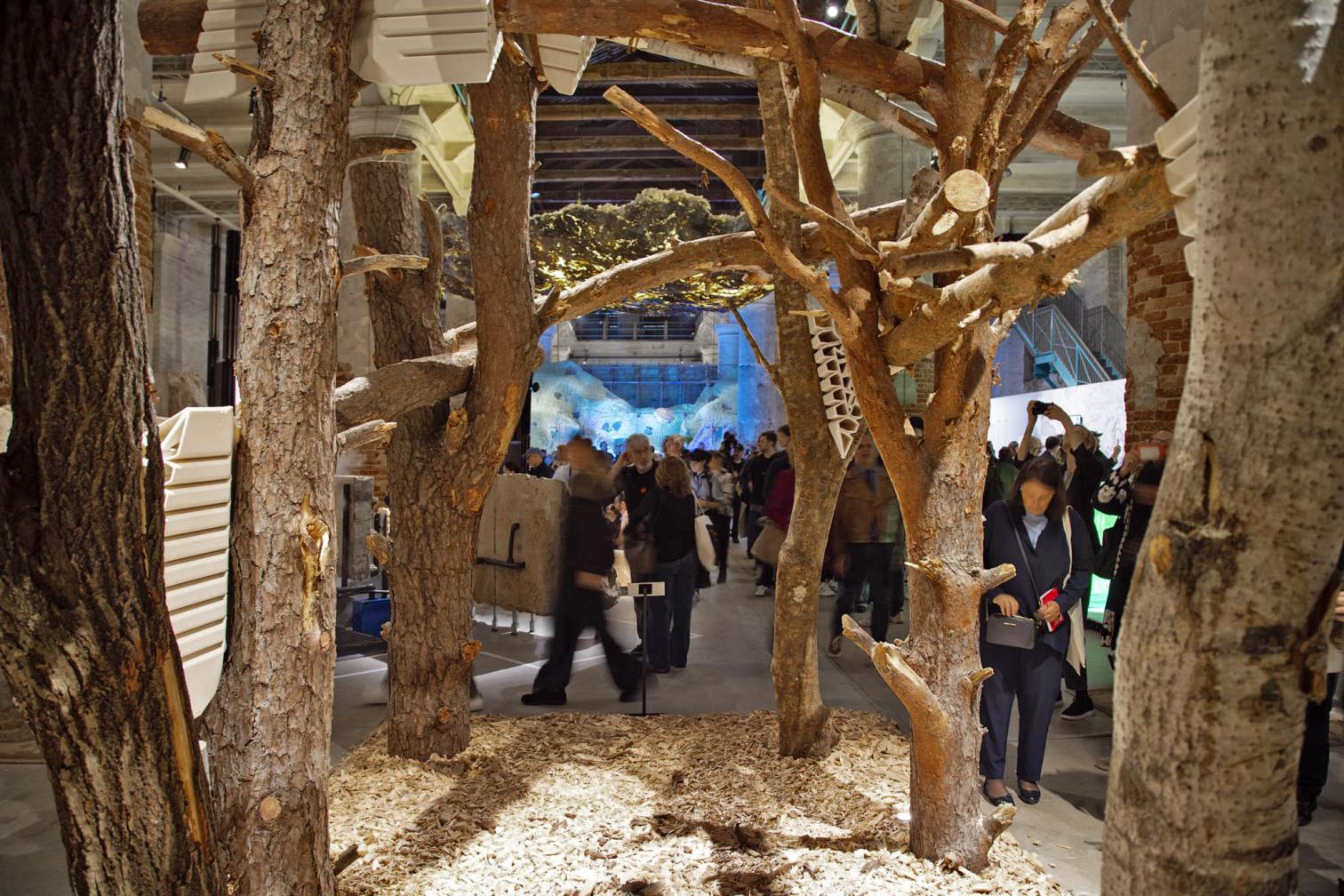
Kengo Kuma, ‘Domino 3.0: Generated Living Structure’
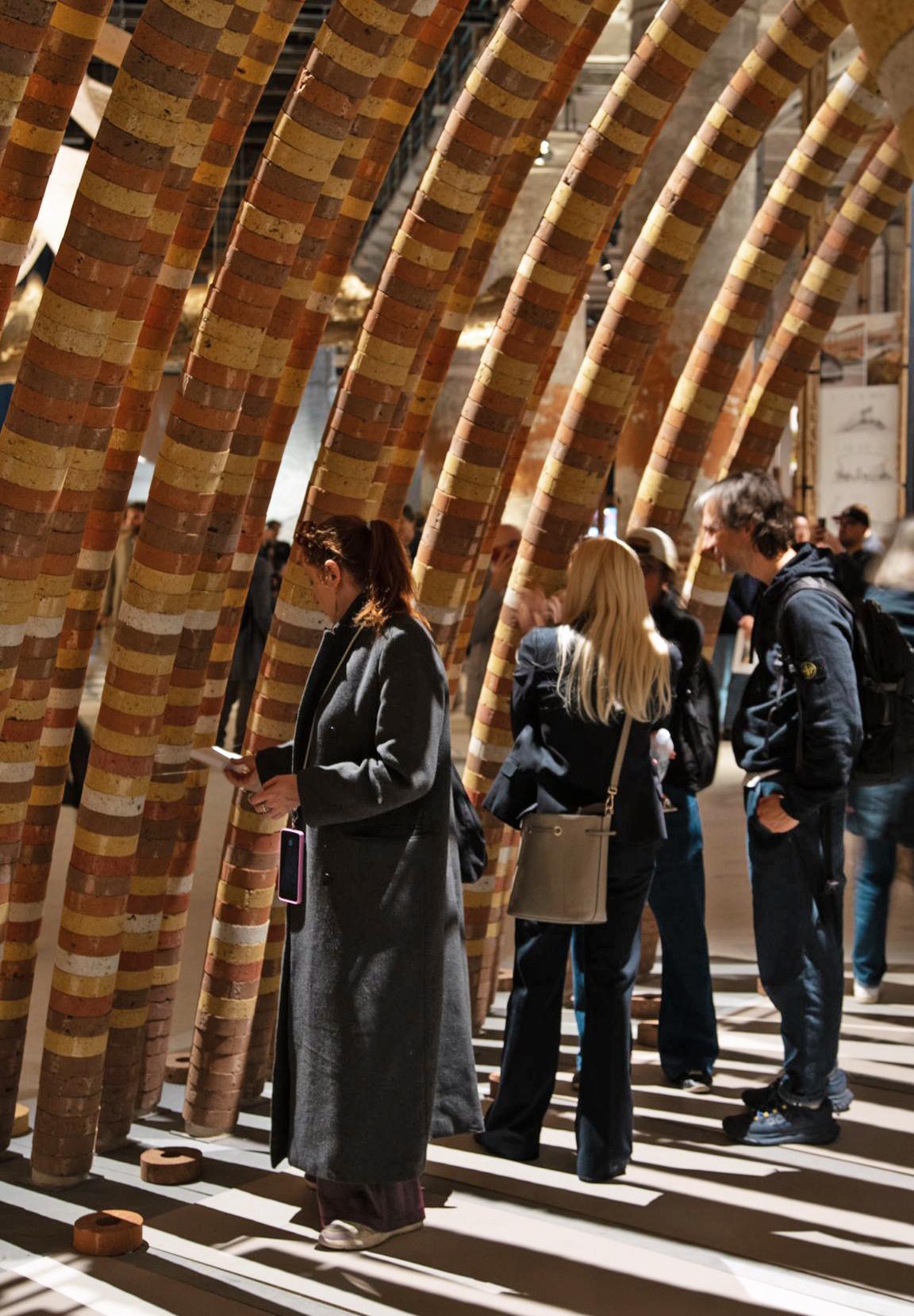
Boonserm Premthada, ‘Elephant Chapel’
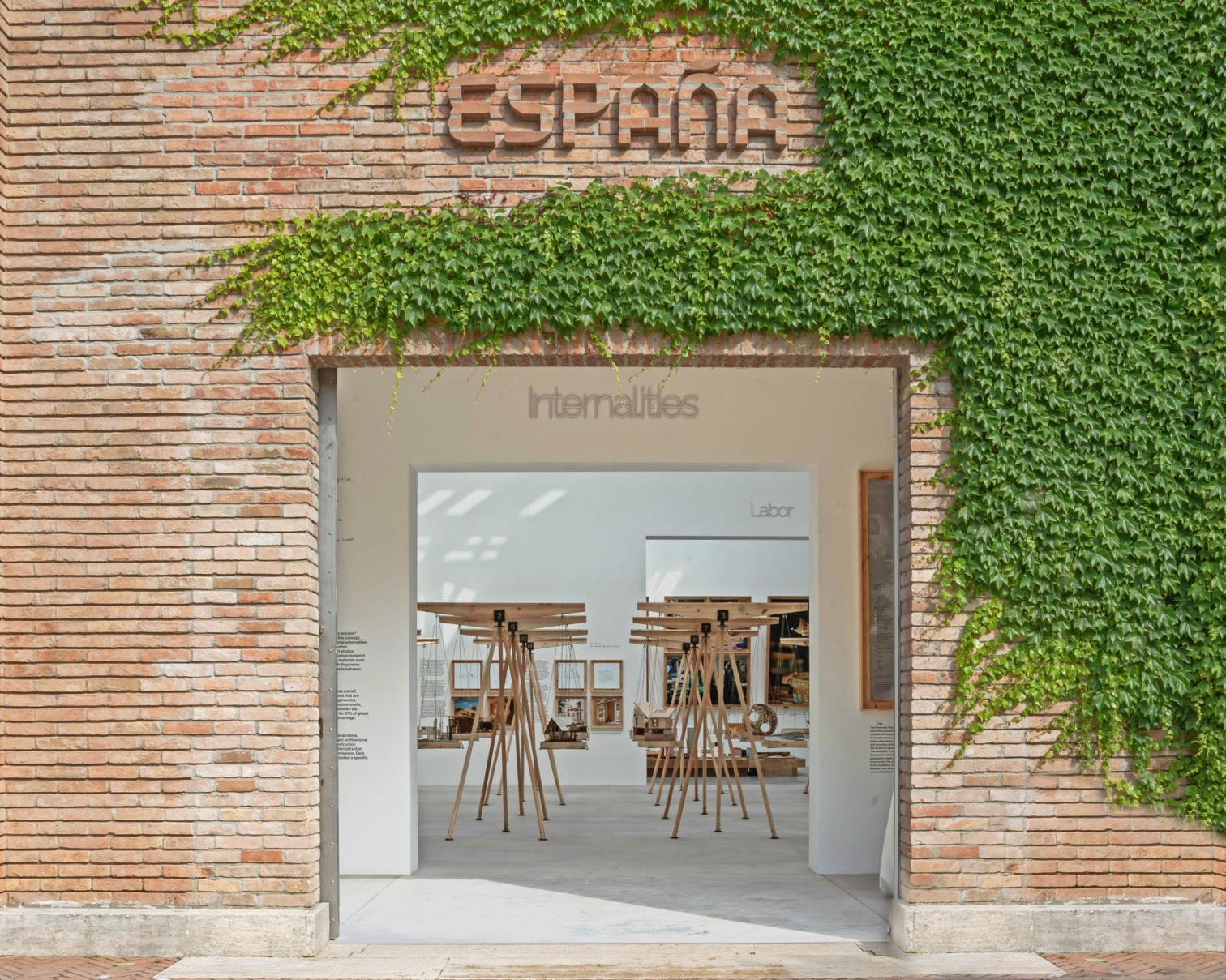
Manuel Bouzas and Roi Salgueiro, ‘Internalities: Architectures for Territorial Equilibrium’
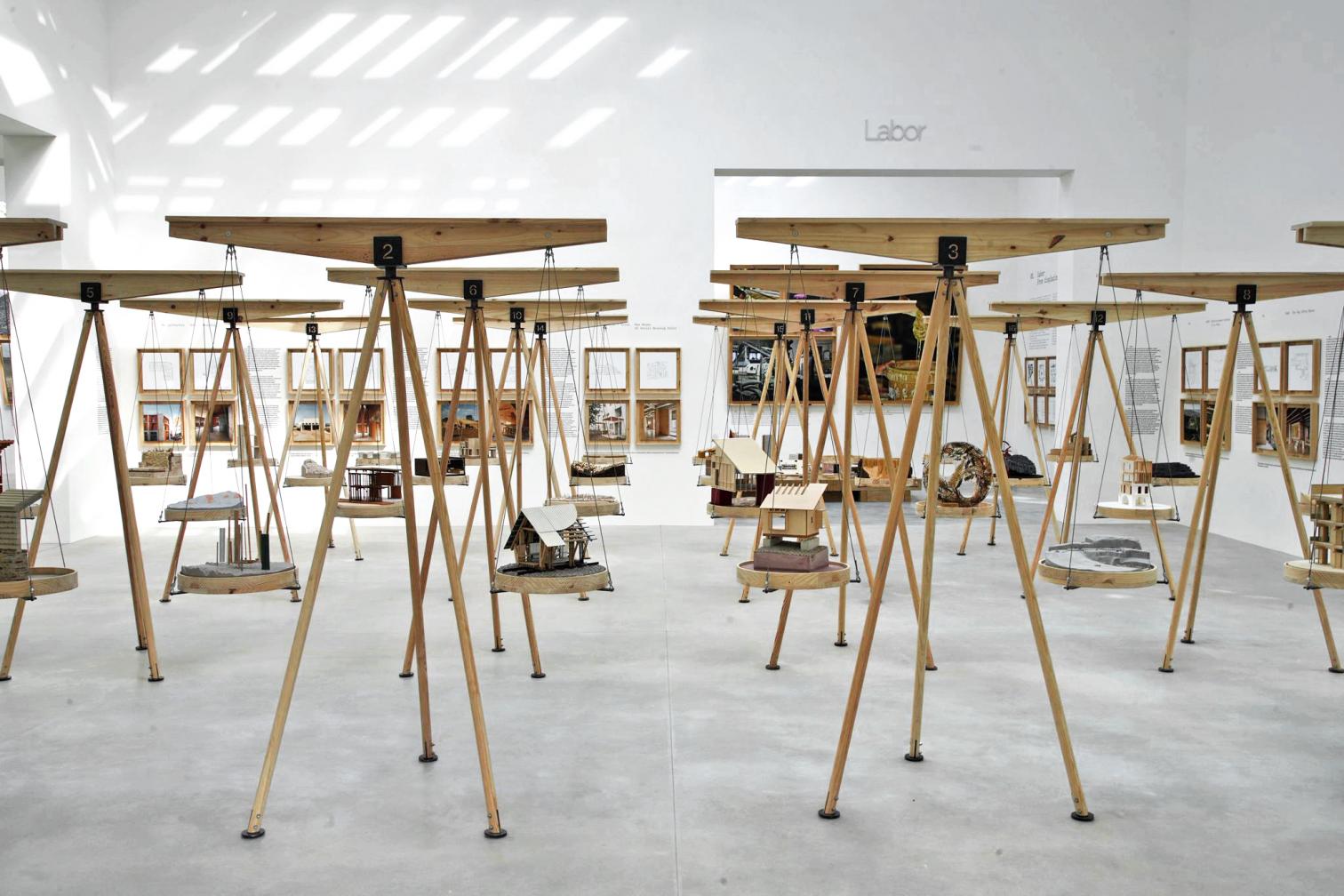
Manuel Bouzas and Roi Salgueiro, ‘Internalities: Architectures for Territorial Equilibrium’
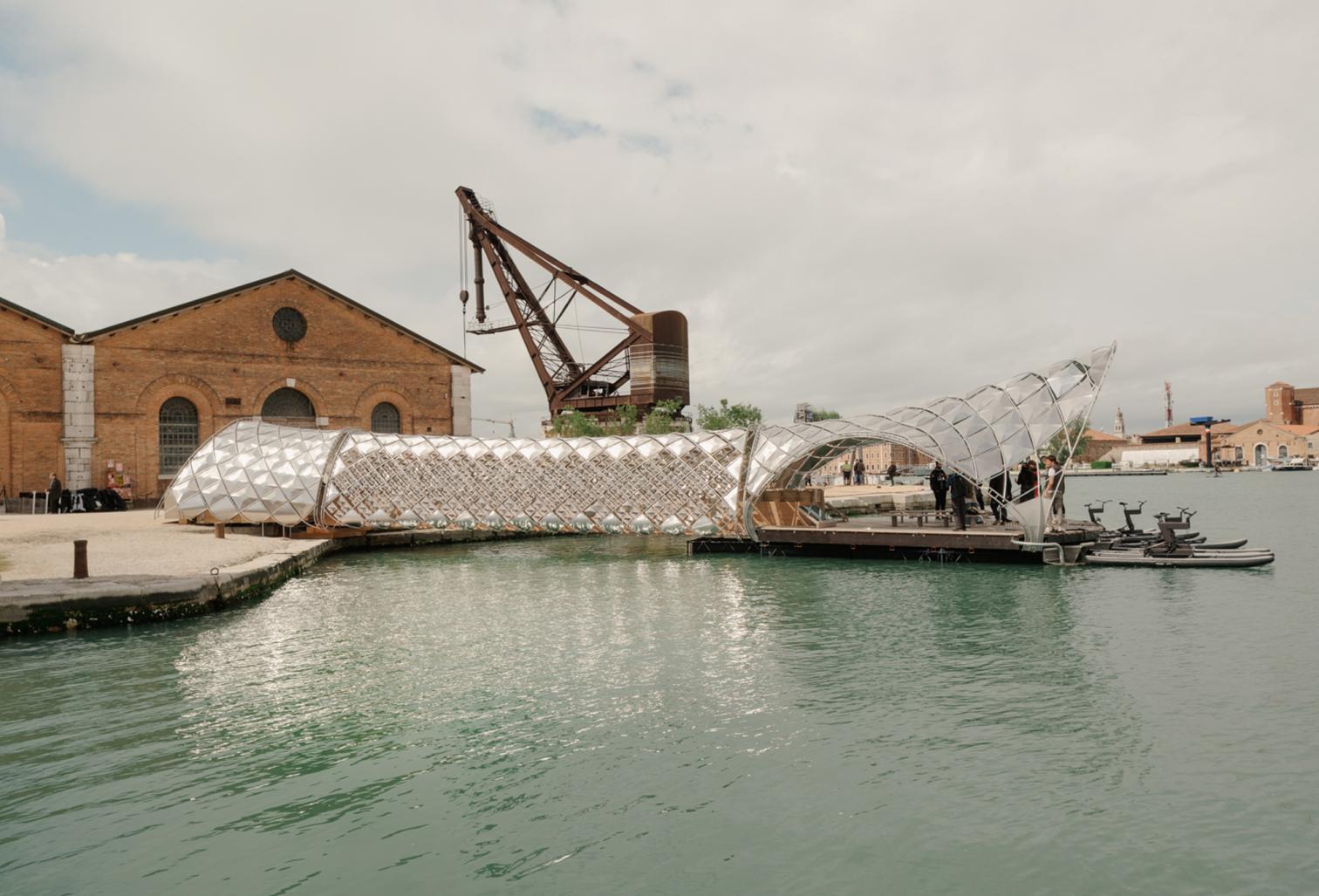
Norman Foster Foundation and Porsche, ‘Gateway to Venice’s Waterways’
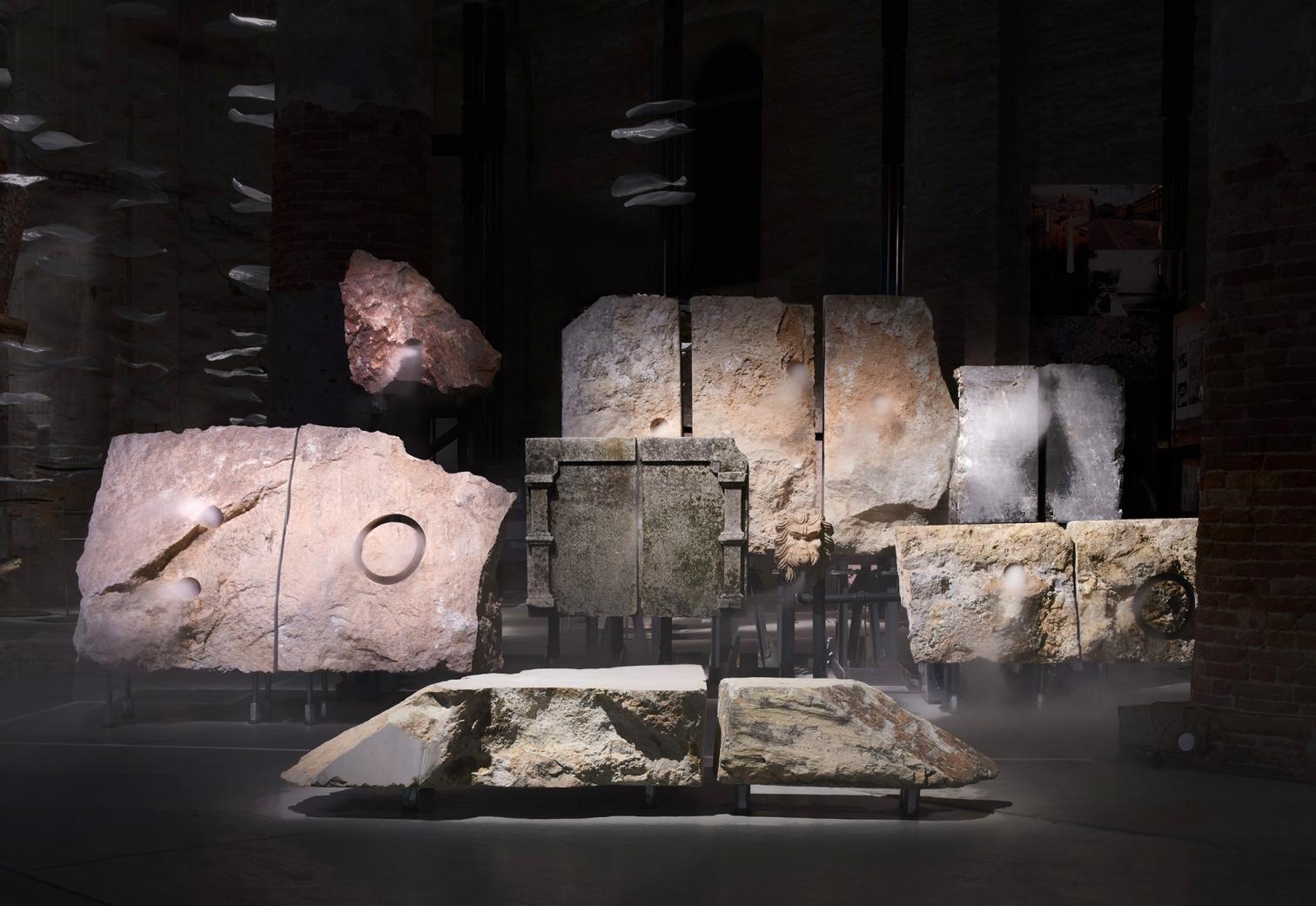
Andrés Jaque / Office for Political Innovation and Gokce Ustunisik, ‘Stonelife: The Microbeplanetary Infrastructure of Lithoecosystems’
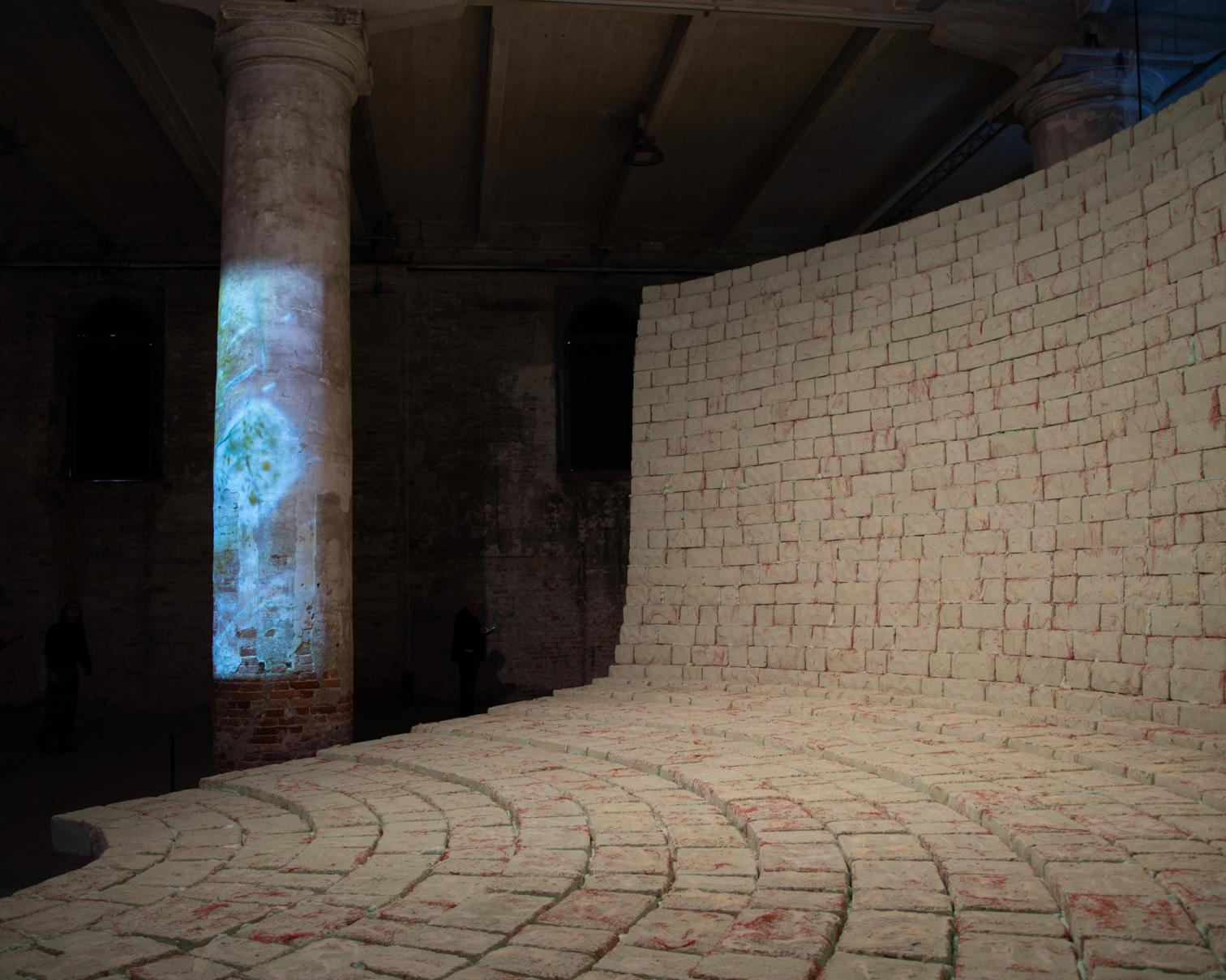
Beatriz Colomina, Roberto Kolter, Patricia Urquiola, Geoffrey West and Mark Wigley, ‘The Other Side of the Hill’



